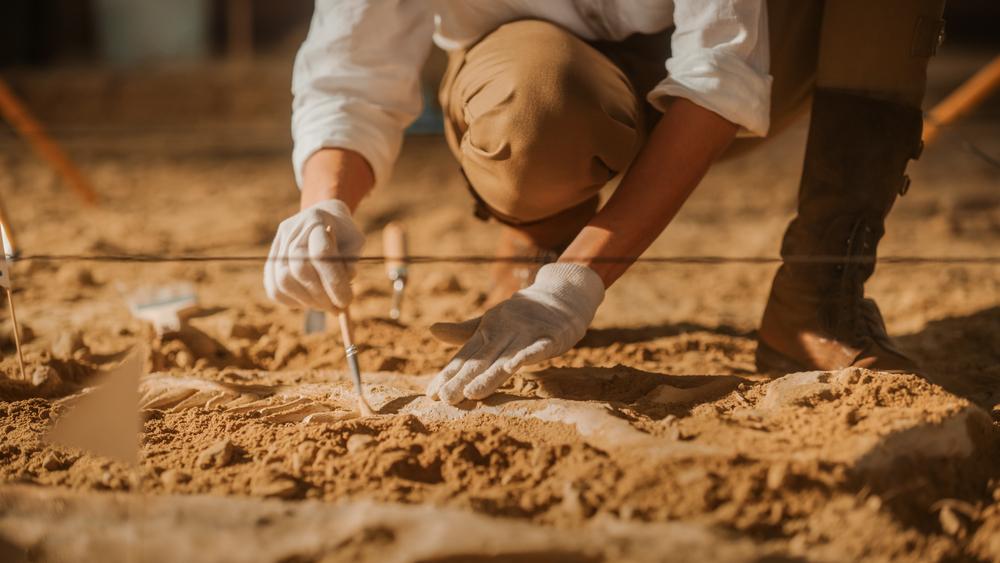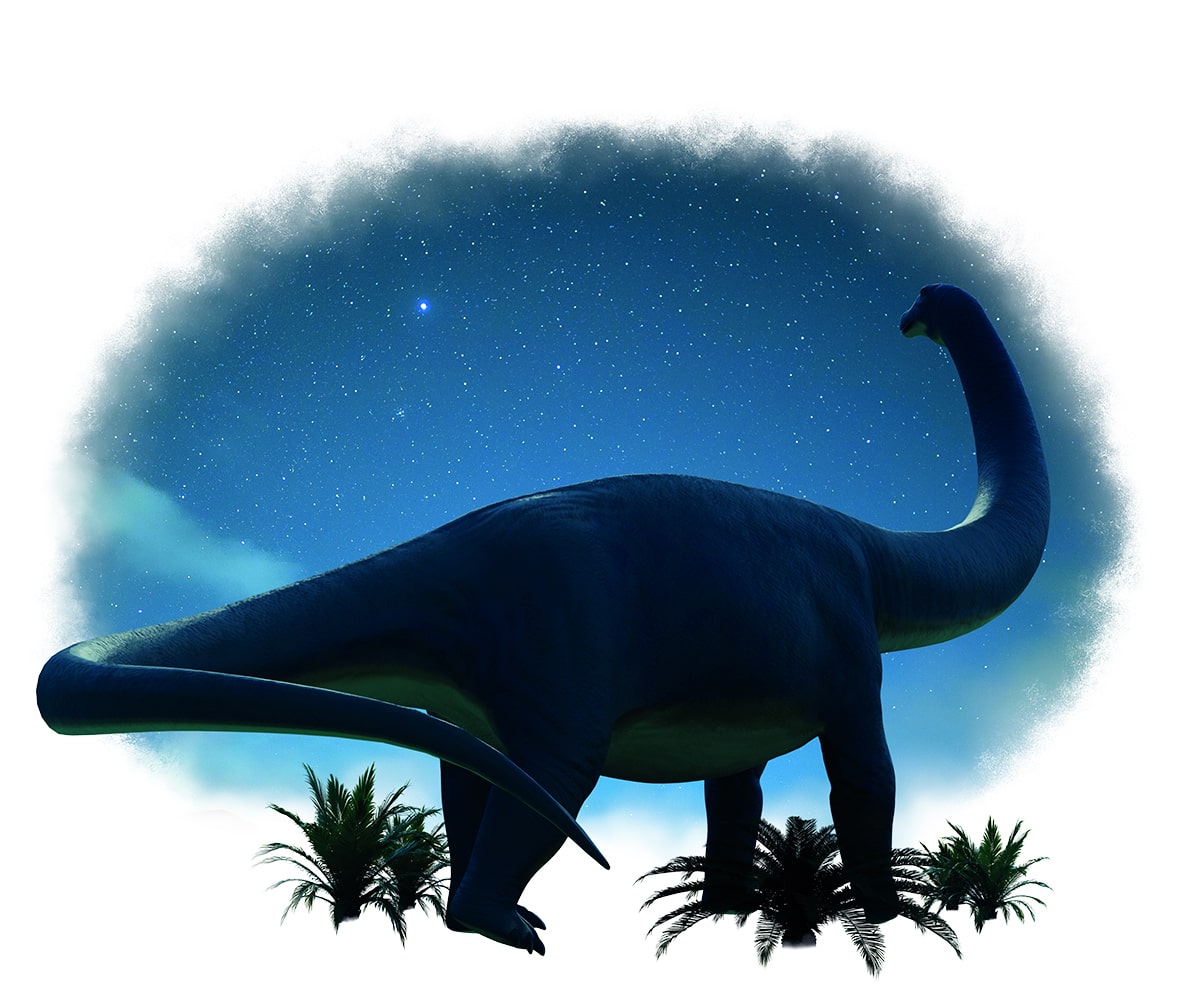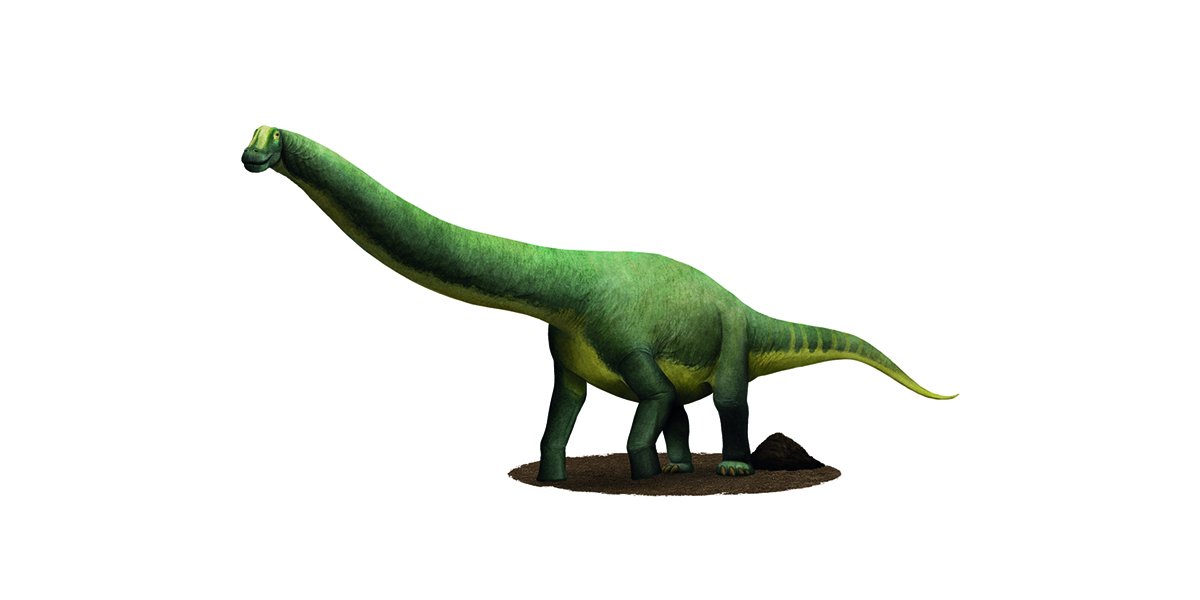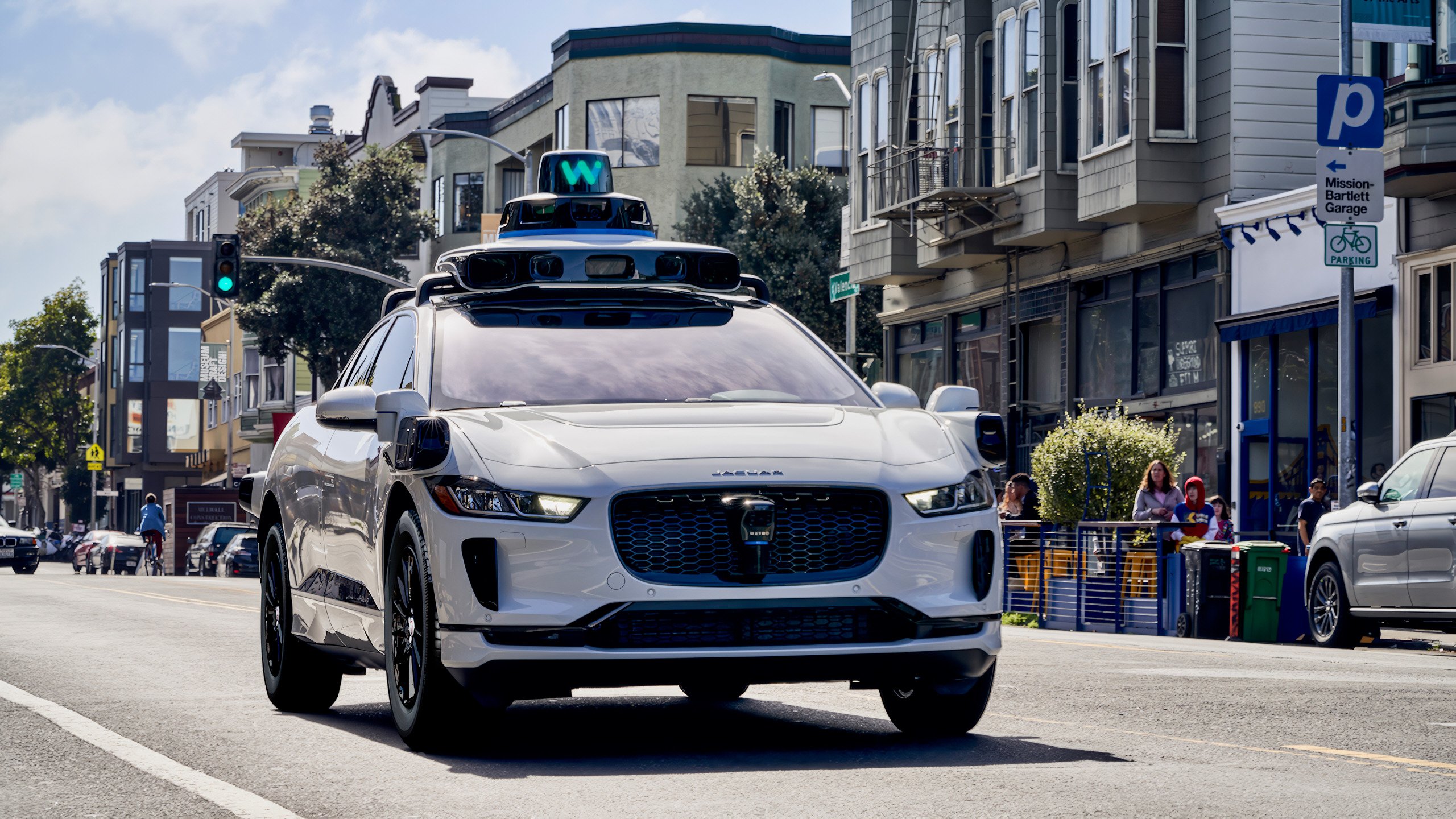Those who follow the Jurassic Park series are already familiar with some famous dinosaur species such as Tyrannosaurus Rex and Velociraptor. They are animals that stand out for their size, strength or speed.
But Brazil isn’t far behind when it comes to these impressive creatures: giant dinosaurs up to 25 meters long, as well as species that can run at car speed, lived here.
What were the largest dinosaurs in Brazil?
As Luiz Eduardo Anelli, professor at the Institute of Geosciences and director of the Science Station at USP (University of São Paulo), explains, dinosaurs lived in the country between 233 million and 66 million years ago.
Anelli says Brazil has records of both the oldest and the newest species. Here, 54 different dinosaur fossils were found scattered across the territory of Brazil.
Herbivores tend to be larger than carnivores, says Alexander Kellner, director of the UFRJ National Museum. Size was a benefit gained by natural selection, which helped it survive by fending off potential predators.
“The advantage of size is that it reduces the number of predators, which is one of the reasons why some dinosaurs were so large. It’s natural selection: large animals weren’t easily hunted, so they kept that trait and instilled it in future generations,” says Kellner.

Considered one of the largest dinosaurs to ever exist in Brazil Autroposeidon magnificus It was between 22 and 25 meters long. Its fossils were found in the state of São Paulo in 2016.
The animal was a herbivore from the group of titanosaurs, which includes dinosaurs with long necks and tails, large bodies and small heads.
Another Brazilian species from the same group uberabatitan ribeiroi. Its name comes from the city of Uberaba (MG), where the fossil was found in 2004.
At over 15 meters in length, the Uberabatitan was another giant herbivore. According to Anelli, more recent estimates show the animal reaching 27 metres, making it the largest animal ever found in the country.
Although plant-based dinosaurs were prominent in size, Brazil was also home to large carnivores. the biggest was Oxalaia quilombensisIt was between 12 and 14 meters. Discovered in the state of Maranhão, the animal lived in the country about 70 million years ago.
Kellner argues that the largest dinosaurs were probably stronger because they had more muscle mass. Thus, Austroposeidon and Uberabatitan were at the top of the list.

However, it is still difficult to determine the strength of animals. According to Anelli, scientists attribute this feature to traces in fossils, because a muscular body leaves thick marks on the bones. By reconstructing the muscle structure, it is possible to understand more about its properties.
The behavior of dinosaurs is another indicator that helps evaluate their qualities. Scientists estimate that carnivores were the fastest animals because speed was an important factor in catching prey.
Hunting dinosaurs had shorter arms and legs and a bipedal stance, Anelli says. They run horizontally with their heads bent forward and tails open to maintain balance and can reach speeds of up to 50 km/h.
With a length of up to 9 meters, Pycnonemosaurus is considered one of the fastest dinosaurs living in Brazil. Its fossils were found in Mato Grosso, where it lived about 70 million years ago. As a carnivore, speed helped him hunt prey more efficiently.
Another fast carnivore that inhabited Brazilian territory was Santanaraptor, discovered in rocks about 100 million years old in Ceará. The animal was small, about 1.68 meters long.
Apart from their dietary habits, which can be seen from the shape of the teeth, experts say it is difficult to predict how dinosaurs behaved.
According to Luiz Eduardo Anelli, hunters were probably solitary and gathered only during hunting or during the breeding season, similar to what is observed today in predators such as lions. Long-necked dinosaurs formed herds and built nests together, just like elephants.
“It was a life very close to that of today’s animals. Dinosaurs looked after their cubs, had fun, rested. “They weren’t always eating themselves up like we see in the movies,” he says.
Source: Tec Mundo
I’m Blaine Morgan, an experienced journalist and writer with over 8 years of experience in the tech industry. My expertise lies in writing about technology news and trends, covering everything from cutting-edge gadgets to emerging software developments. I’ve written for several leading publications including Gadget Onus where I am an author.












